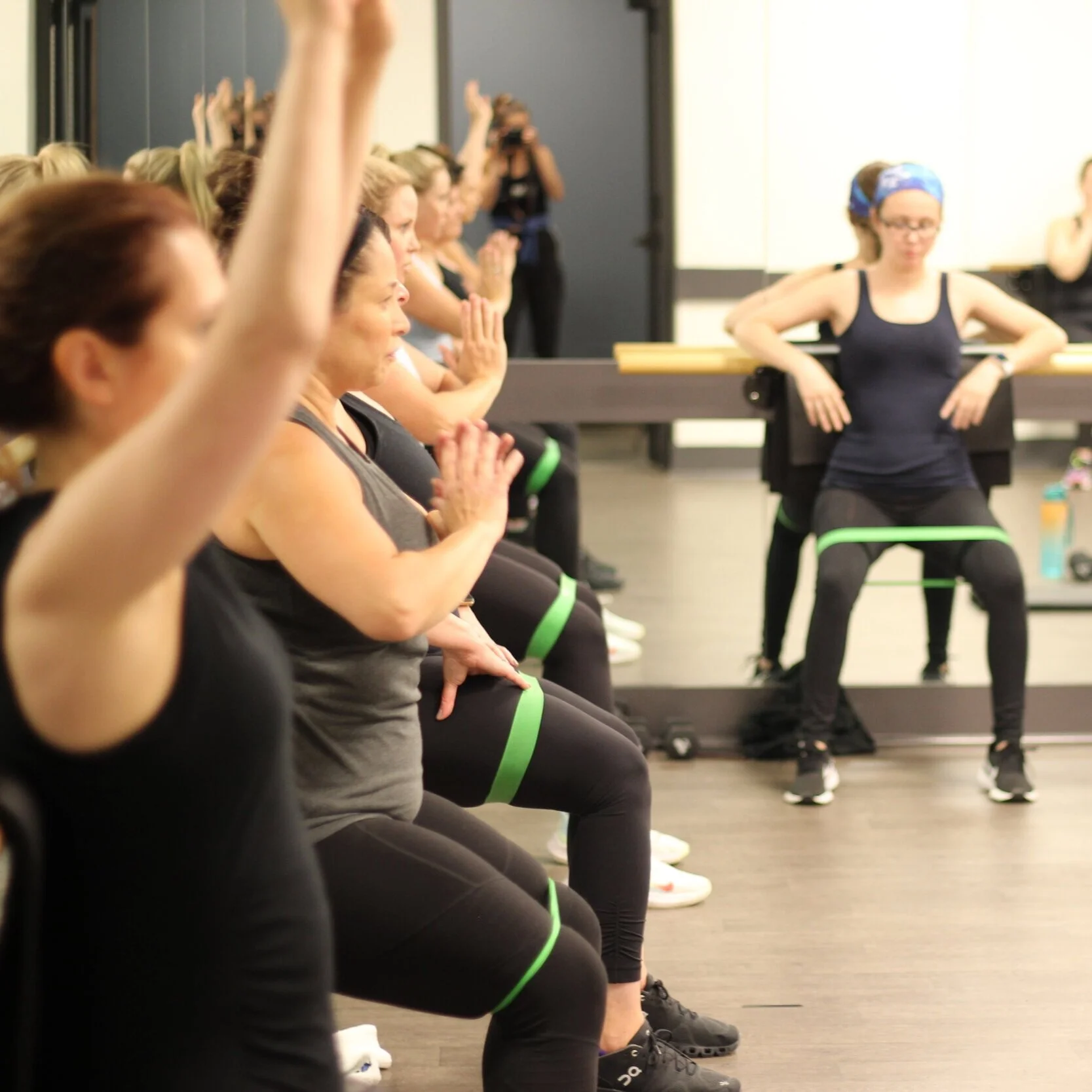How to Safely Progress Your Workouts
Ever run into either of these scenarios when it comes to working out?
Scenario 1: You’ve finally found a workout that you love to do and you’ve been committed to that workout and in a regular routine. You’ve been doing it for quite some time now and have noticed that you are able to easily complete all of the exercises and you’re never sore after the workout. You’ve also noticed that improvements you may have made in the beginning have plateaued.
Scenario 2: You’ve decided that it’s time for you to get into shape and get in shape NOW. You find a workout that you are excited about and hopeful that it’s going to quickly give you the results you want. You go ALL in. You are there working out everyday of the week, doing doubles, picking up the heaviest weights you can hold. You’re always sore and extremely tired and HUNGRY by the end of the day. All of a sudden your knee starts to bother you and you end up on the couch nursing an old injury that flared up after the intense weeks of working out.
You don’t need to fall into either of these scenarios. Just like Goldilocks and the Three Little Bears, we can add one more just right scenario for you when you are starting to workout.
When you fall into the middle between scenario 1 and scenario 2, you’ll find the path to achieving your goals and the results you want without the plateaus or overuse injuries.
Here’s how you can safely progress your workouts in order to avoid injuries and plateaus.
First of all, you’ll want to ditch the All-or-Nothing Mindset. We preach this often, but it’s because it’s so important. When you have the all-or-nothing mindset, you’re more likely to abandon the healthy habits and routines you’ll need in place to maintain a lifelong healthy lifestyle.
Instead, focus on gradual progression.
Starting from not working out at all? Come up with a manageable plan. Try starting to workout for three days a week at a time. As you feel more confident and as three days a week feels like something that has developed into a habit, then bump it up to four days and then five.
Try it today: Set a goal for working out for yourself. Take a look at what you currently do and see where you can gradual begin to increase the amount you workout during the week. See you if you can maintain that pace for at least a month.
Start SLOW.
It’s better to start slow and ease your way in instead of starting off crazy and risk getting injured. You can always take it up a notch. Remember, you want to maintain healthy habits for life, so why not take your time? If you focus on quick fixes, they are going to be just that- quick fixes that don’t last long.
Try it today: Try something new! When you try something new, don’t forget to ease into it. If you’re trying a new class, try to stick with the level one positions. If you’re trying to do a new move, test it out, see how many you can do with good, proper form before backing off.
Know that there are different ways to progress.
When you think of progressing, what do you think of? Often times we associate bumping up the amount of weight we can lift with progressing, but there are a lot of different ways you can progress, including:
Time: how often you workout during any given week. If you’re currently only working out twice a week, see if you can bump it up.
Duration: how long you are working out. This can show up in a few different ways. If you are doing an interval class and the instructor gives you 1 minute for a jumping jack. See if you can bump up the length of time you can maintain that jumping jack before you have to back down to level 2 or 1. You can also see if you are able to try a double class, though you want to make sure that you are listening to your body and if you get too tired, know that it maybe time to back off and let your body rest.
Rest: When you first start, you want to make sure to give your body plenty of rest so you and your muscles can recover. As you continue to progress, you’ll be able to jump back into an exercise quicker. Just be sure to keep in mind that no matter how in shape you get, rest is always important!!
Speed: You can count how many repetitions you can do of a certain exercise and work on increasing your speed or take a look at how fast you can go in a spin class.
Weight: This is the one that most people think about when they think about progressing because it’s easy to see. You can progress by picking up heavier weights in one of our strength training classes.
Now, how do you know when and how fast to progress?
Unfortunately, there’s no simple answer to this question since everyone is so different. Some people will progress faster or slower than others. It’s all okay though!! You want to listen to your body and try to get really in tune with how you are feeling in class. A good way to figure it out is if you are able to lift a particular weight and complete all the repetitions with no trouble at all for two classes, then it’s probably time to bump it up in weight.
The good news? You can always give a higher weight or a more difficult level move a try in class and then back off depending on how you feel.
Important point: Remember, slower, less repetitions with good form is WAY better than faster, more repetitions with bad form.
When in doubt, talk to your instructors! They can help give you feedback on what type of weights you need or any form questions you may before you try to jump into a level three. If you’re looking for more individualize help, you can sign up for a VIP call with Mary Cate and Tricia here.
No matter where you are starting, there is always room for progression. We look forward to seeing you level it up in class.

